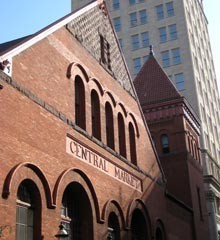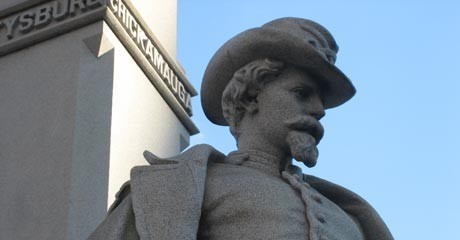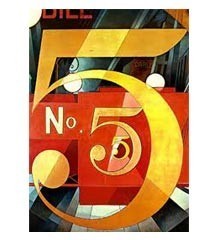Before Amish Quilts and Shoo-fly Pies
The history of Lancaster begins almost four hundred years ago with the Susquehannocks, Indian traders, an Englishman by the name of Penn that kept getting in trouble, and hardworking Swiss Mennonite families willing to risk it all to escape religious oppression.
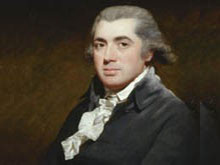
A town is born (pronounced LANK-iss-ter)
In 1729, Lancaster County was carved out of the western frontier of Chester County. Lancaster was declared a Townsted and the county seat (population 15) in 1730. Construction of the first county courthouse was begun that year on land given by James Hamilton along with land for a market and a prison. In 1734 Lancaster was laid out on land owned by Hamilton with the county courthouse in the center. Lancaster was incorporated as a borough in 1742. It was named by a Quaker settler, John Wright, for the city of Lancaster in England.
Growing pains
Hamilton sold lots to middle-class artisans, merchants, and professionals. Earliest residents were required to erect within one year a substantial dwelling house with dimensions of sixteen feet square at least, with a good chimney of brick or stone. Innkeepers were known to acquire 15-20 acre lots for pasturing animals. By 1742 Lancaster was one of the largest inland towns in the British Empire, with 270 houses and 750 inhabitants.
Visit
lancasterhistory.org
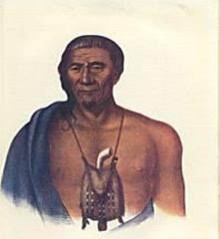
Booze for furs
Long before the birth of Lancaster, French and English traders exchanged beads, blankets, knives, axes, guns, and liquor with the native Americans for coveted furs. As early as 1630, trading posts were established near the Susquehanna River and along navigable waterways. Among the tribes that were here, were the Susquehannocks, fierce fighters later known as the Conestogas, described by Captain John Smith as ‘giants of men’ – some as tall as seven feet. Early settlers were fair and friendly with the Indians. Fortunately, there was practically no conflict.
Visit –
Lancaster History.org
Historic mural displayed at Lancaster County Convention Center
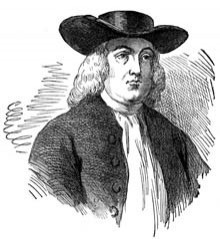
Penn’s ‘Holy Experiment’
In 1681 King Charles II granted land in America to William Penn in payment of a debt owed to Penn’s father. Many in England were glad to get rid of Penn and his Quaker friends—he had been kicked out of Oxford University, banished from his home, and imprisoned for eight months in the Tower of London for his heretical beliefs. Penn was made governor of the colony, offering impartial liberty of conscience to all who were under religious oppression. He wanted to call it New Wales, but the king insisted on Pennsylvania (Penn’s Woods). Penn expanded his colony by purchasing lands from the Native Americans and then meeting frequently with them to cultivate peace and friendship.
Visit -
Lancaster History.org
Lancaster Mennonite Historical Society
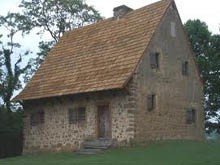
They dared to dream
The first permanent settlers consisted of several families numbering 29, led by Hans Herr. They were poor, hardworking Swiss Mennonites that had gone to England by way of Germany and Holland after being persecuted and banished from their homelands where religious oppression included imprisonment, torture, and death. Like the Quakers, the Mennonites “took not the sword, swore not at all, were non-resistant, and in dress were plain and in manners simple.” They arrived in Philadelphia in 1710, and in 1711 walked 60 miles along crude Indian trails into the wilderness know as Conestogo in what is now Lancaster County, where land was less expensive.
Visit -
lancasterhistory.org
Lancaster Mennonite Historical Society
The Hans Herr House
